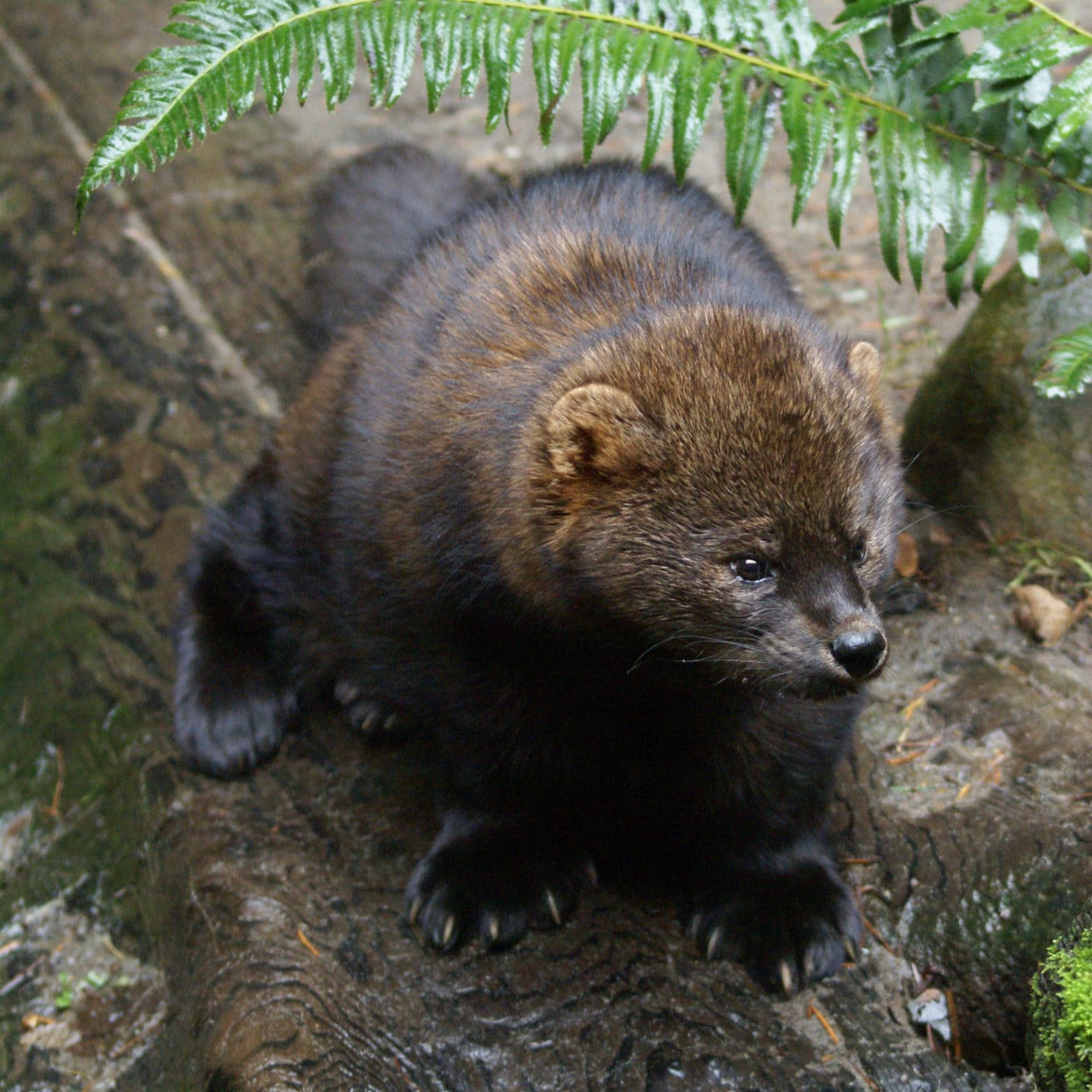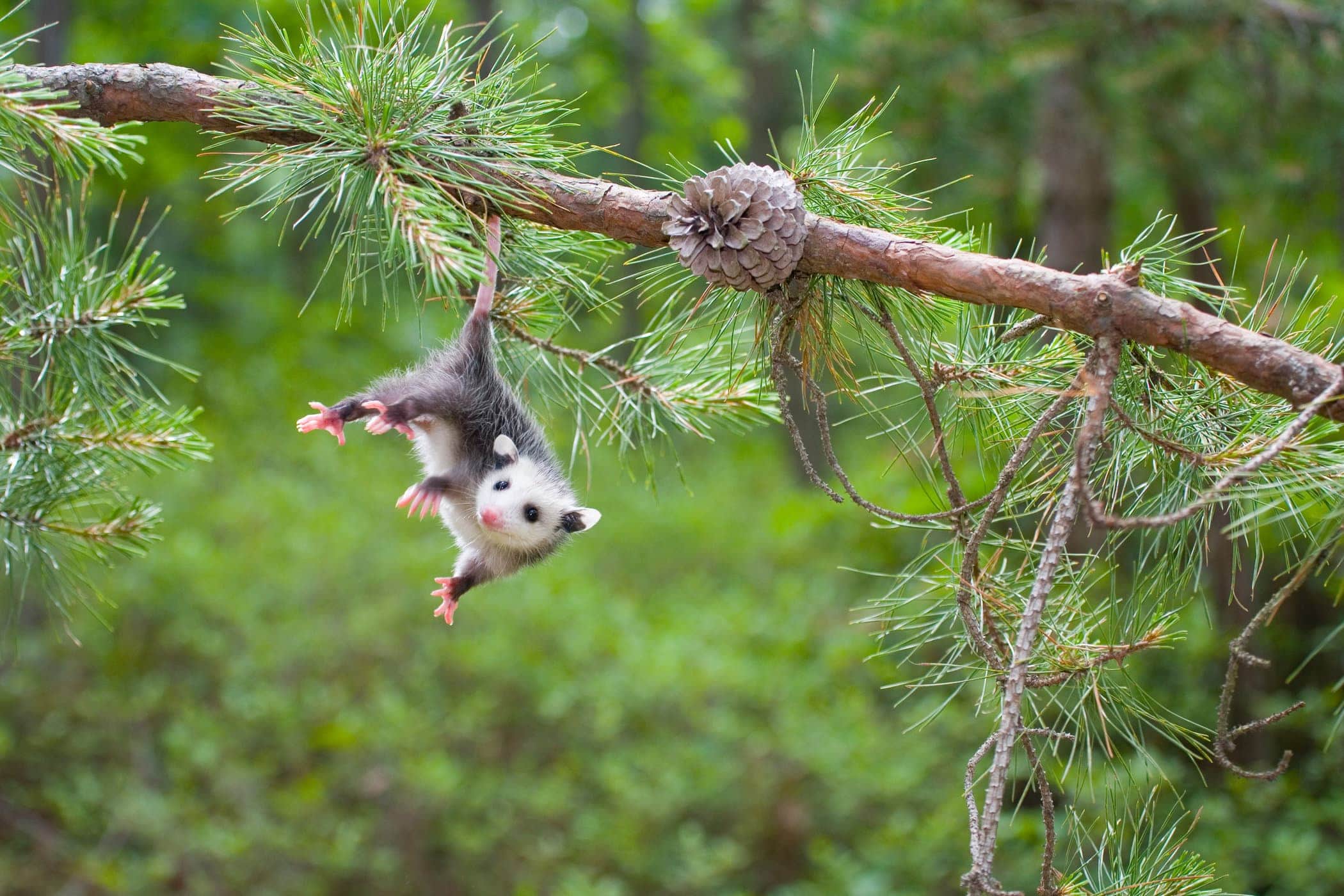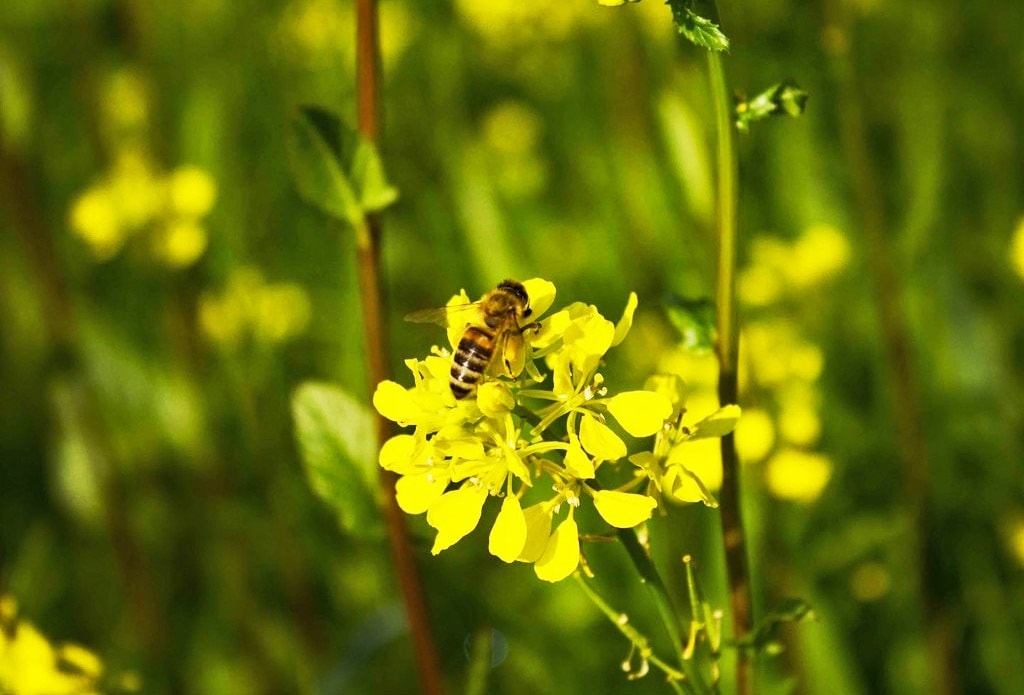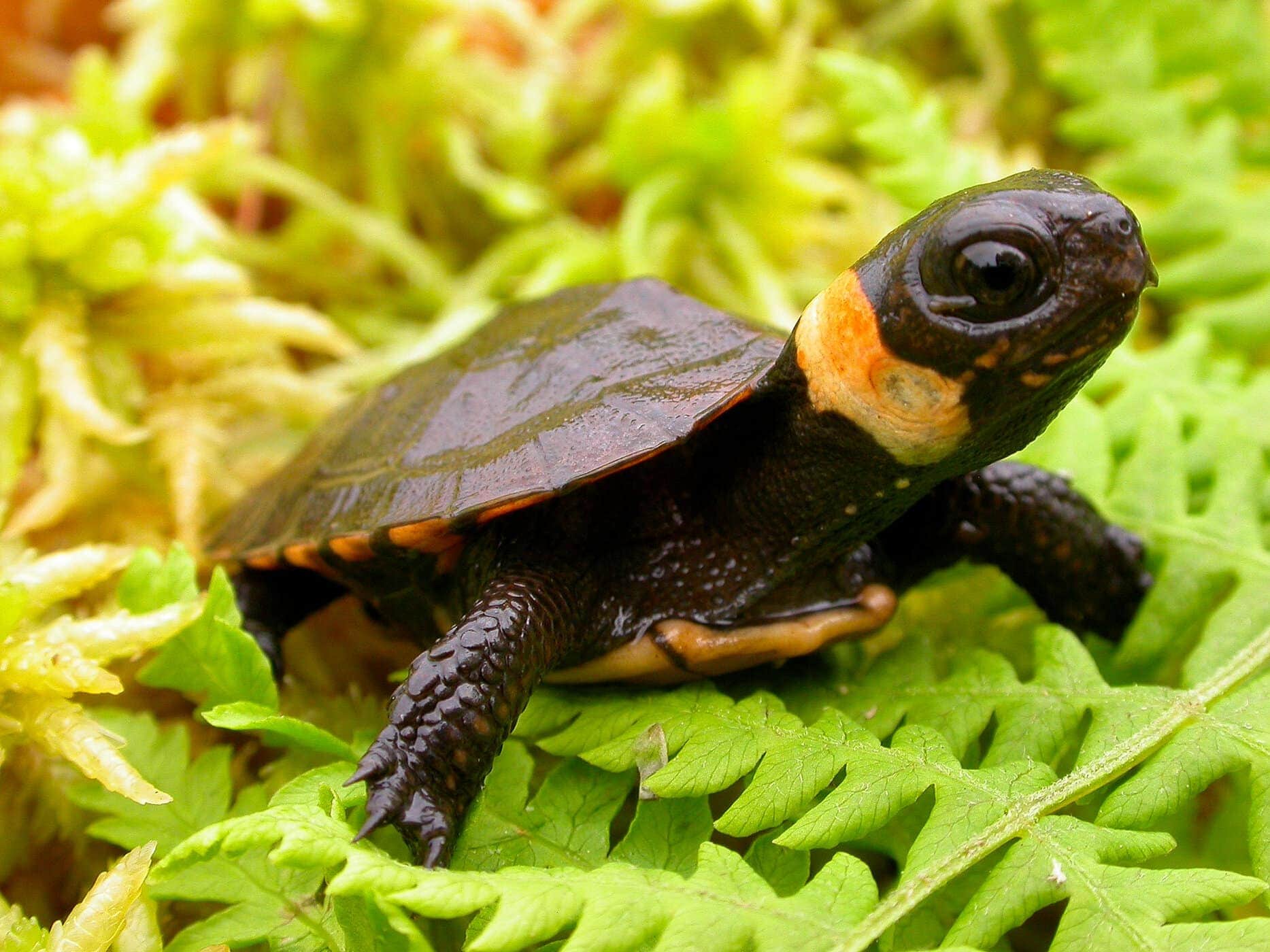Our trail camera at Shaupeneak Ridge recently captured a rare photo of a fisher. It’s one of the valley’s lesser-known mammals, and what you think you know about it might be wrong. To get you up to speed, here are a dozen facts about this fascinating but elusive creature known for its luxuriant fur and odd eating habits.

1. Despite their name, fishers rarely eat fish. It’s one of the few things not on their diet, which consists of fruit, reptiles and amphibians, birds and bird eggs, mushrooms, squirrels and other mammals (see #11 below) — and occasionally each other.
2. Though often referred to as “fisher cats,” they’re not felines but members of the weasel family.
3. Fishers are “sexually dimorphic,” meaning there’s a big difference in the size of males and females. Adult males weigh 8-16 lbs. and measure about 3 ft. in length, while females weigh 4-6 lbs. and are approximately 2 ft. long.
4. Their name may derive from “fiche,” the French word for the European polecat, which fishers resemble. Early trappers in North America may have confused the two.
5. Native only to this continent, fishers live primarily in forests in Canada and the northern U.S. One was spotted in the Bronx in 2014.
6. From the 18th century to the 1930s, fishers were highly prized for their long, soft fur, eventually causing steep declines in their populations and bans on trapping. With their numbers now on the rebound, trapping is again permitted in N.Y. and other states.

7. While fishers spend most of their time on the ground, they do occasionally climb trees. Thanks to ankle joints in their hind paws that can rotate almost 180°, they’re one of the few mammals capable of climbing head-first down trunks.
8. Fishers are active year-round, but you’ll have to stay out late or wake up early to spot one, since they hunt primarily during the night and at dawn. When not searching for prey, they reside in temporary dens — hollow logs, stumps, brush piles, abandoned beaver lodges and openings in snowbanks.
9. Fishers are solitary creatures, getting together only to mate.
10. Females produce 1 litter each year consisting of 1-4 kits that are born helpless and blind. They depend on their mother for support until they reach 5 months of age, when they can start hunting on their own.
11. Fishers are one of the few animals that eat porcupines. They circle their prickly prey until it’s exhausted, then repeatedly snap at its face with their sharp teeth until it dies. Once the porcupine succumbs, fishers turn it upside down and feast on its unprotected belly. Aggressive hunters, fishers also have been known to kill lynx, which are about twice their size.
12. Reports to the contrary, fishers don’t emit piercing screams. The blood-curdling cries of foxes are often misattributed to them. Usually silent — the better to track down their next meal — fishers do sometimes let out a short screech. Listen to a baby fisher cat’s (kind of adorable) sounds below.














